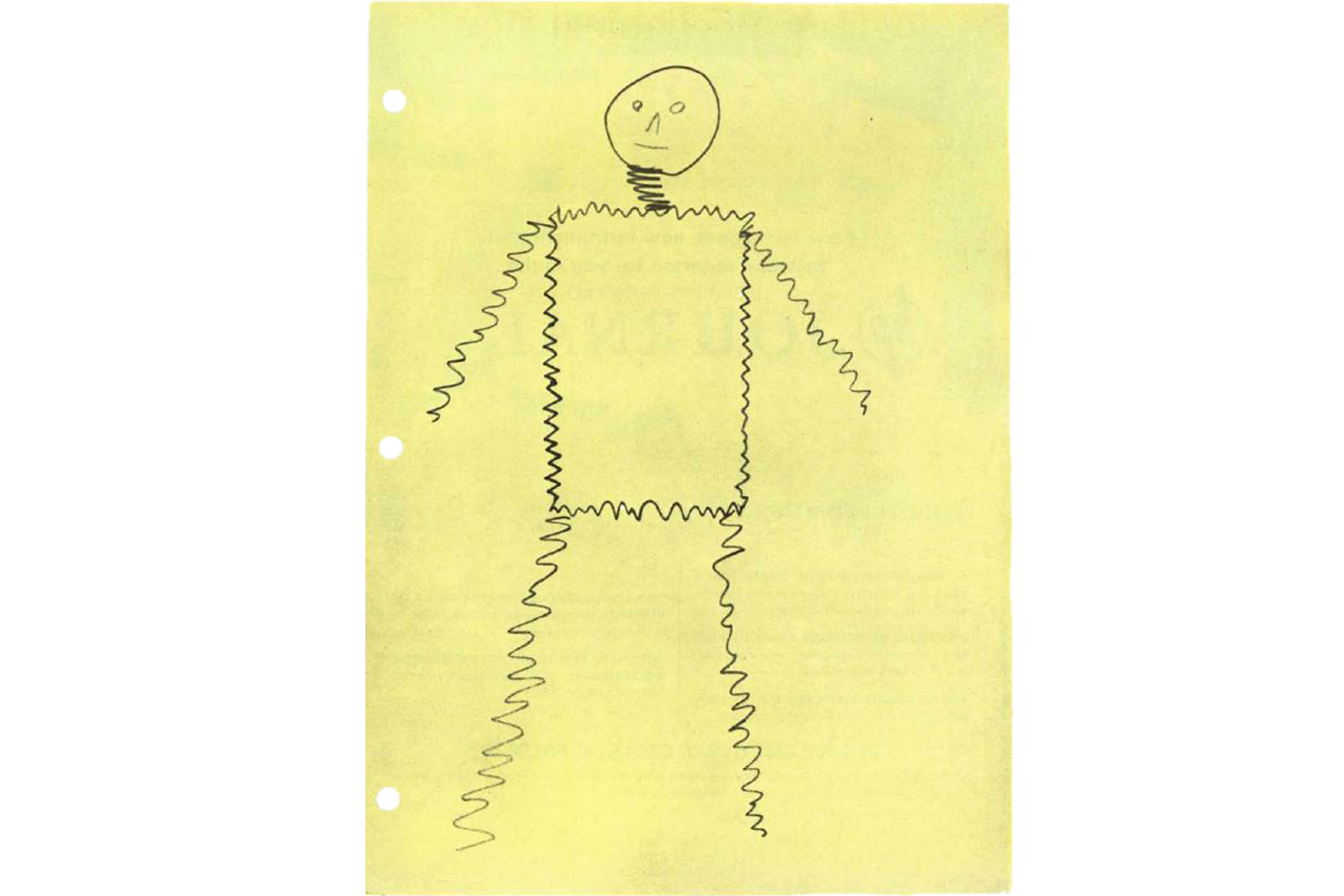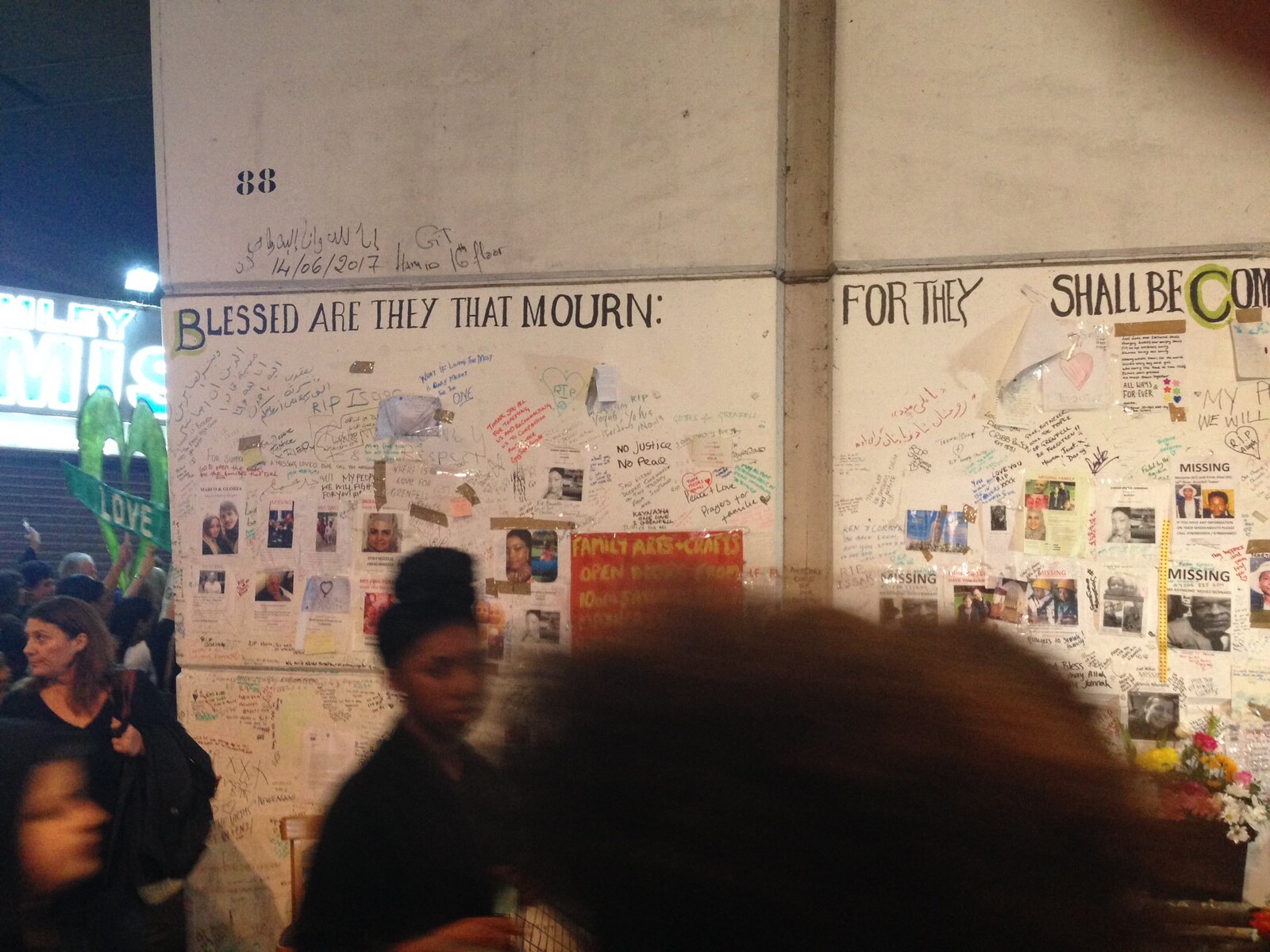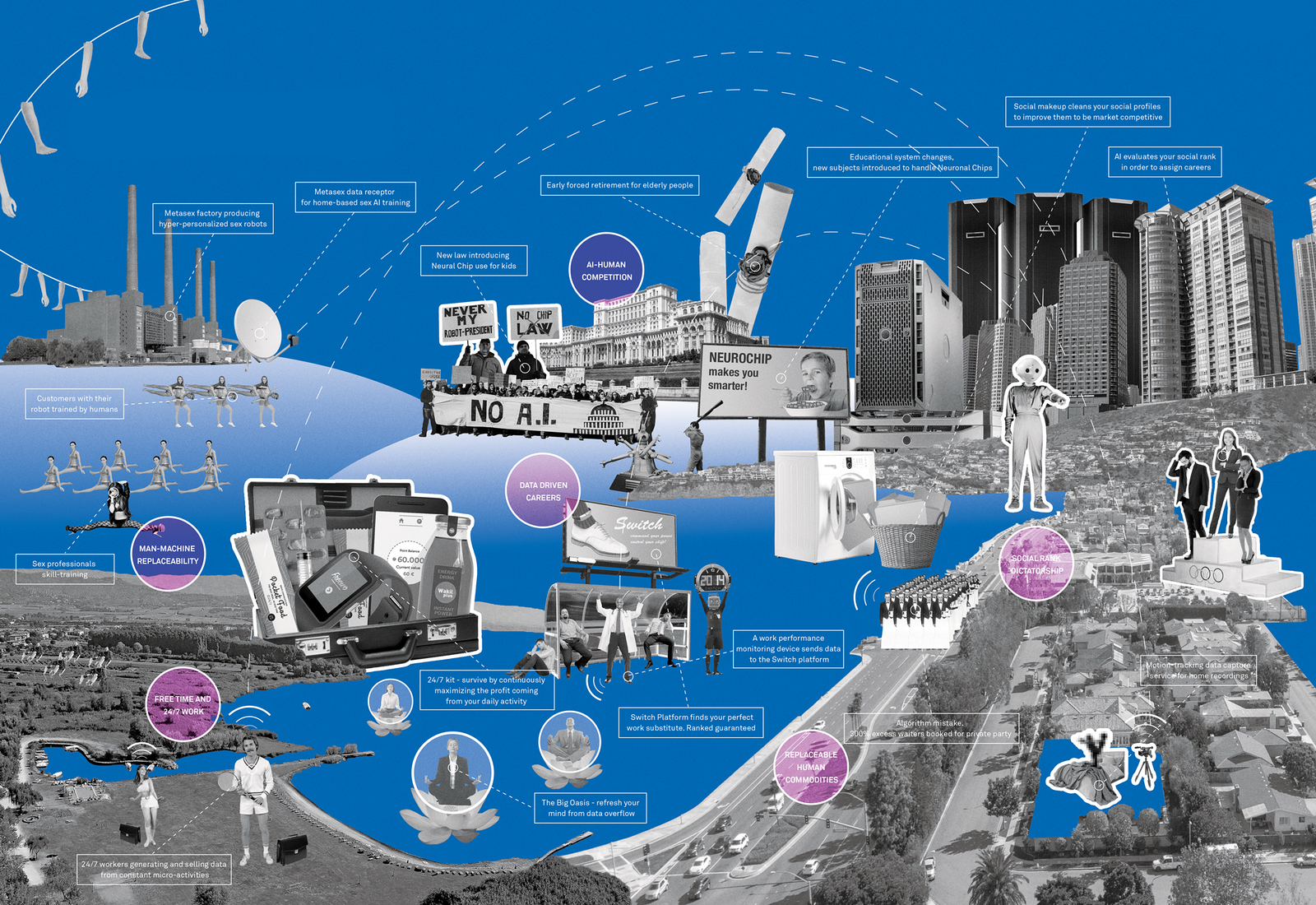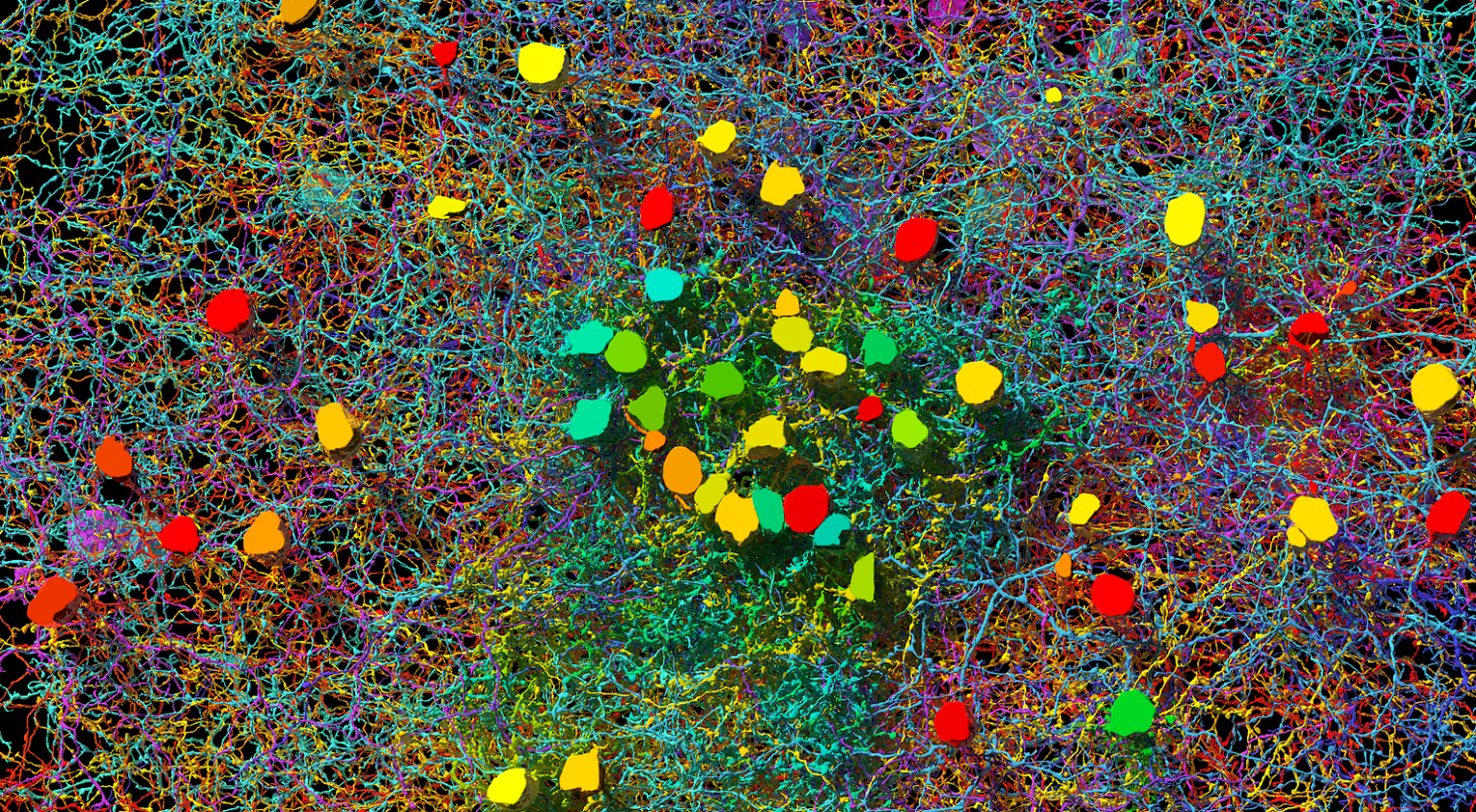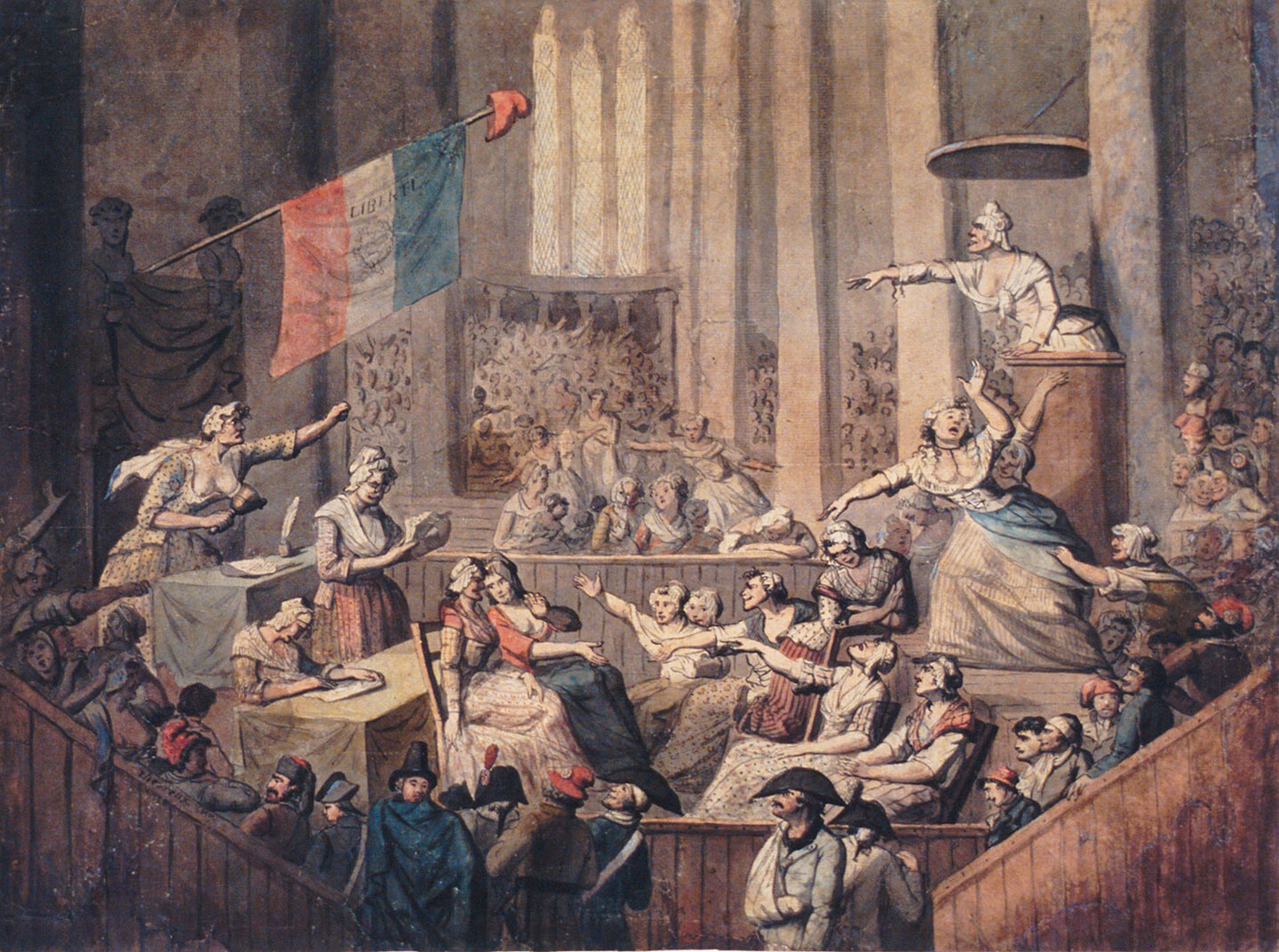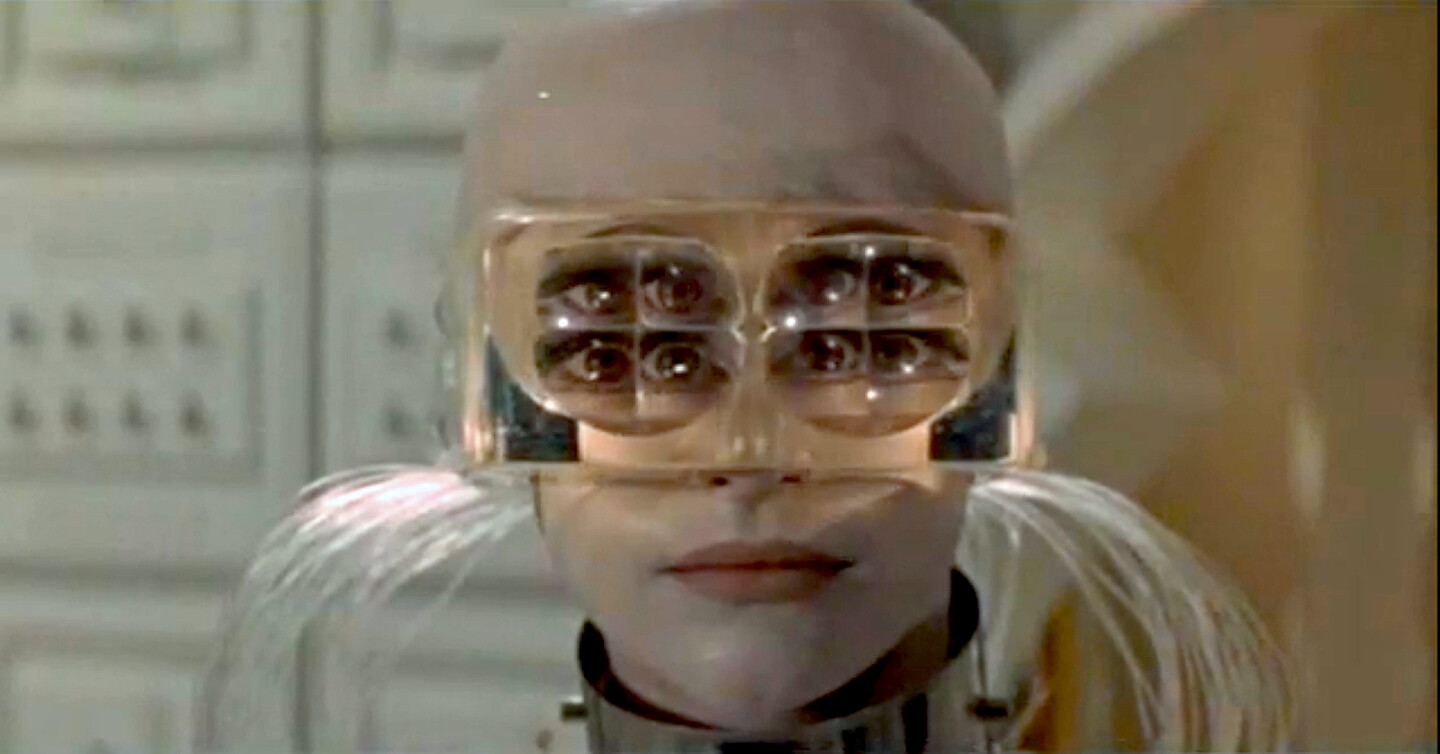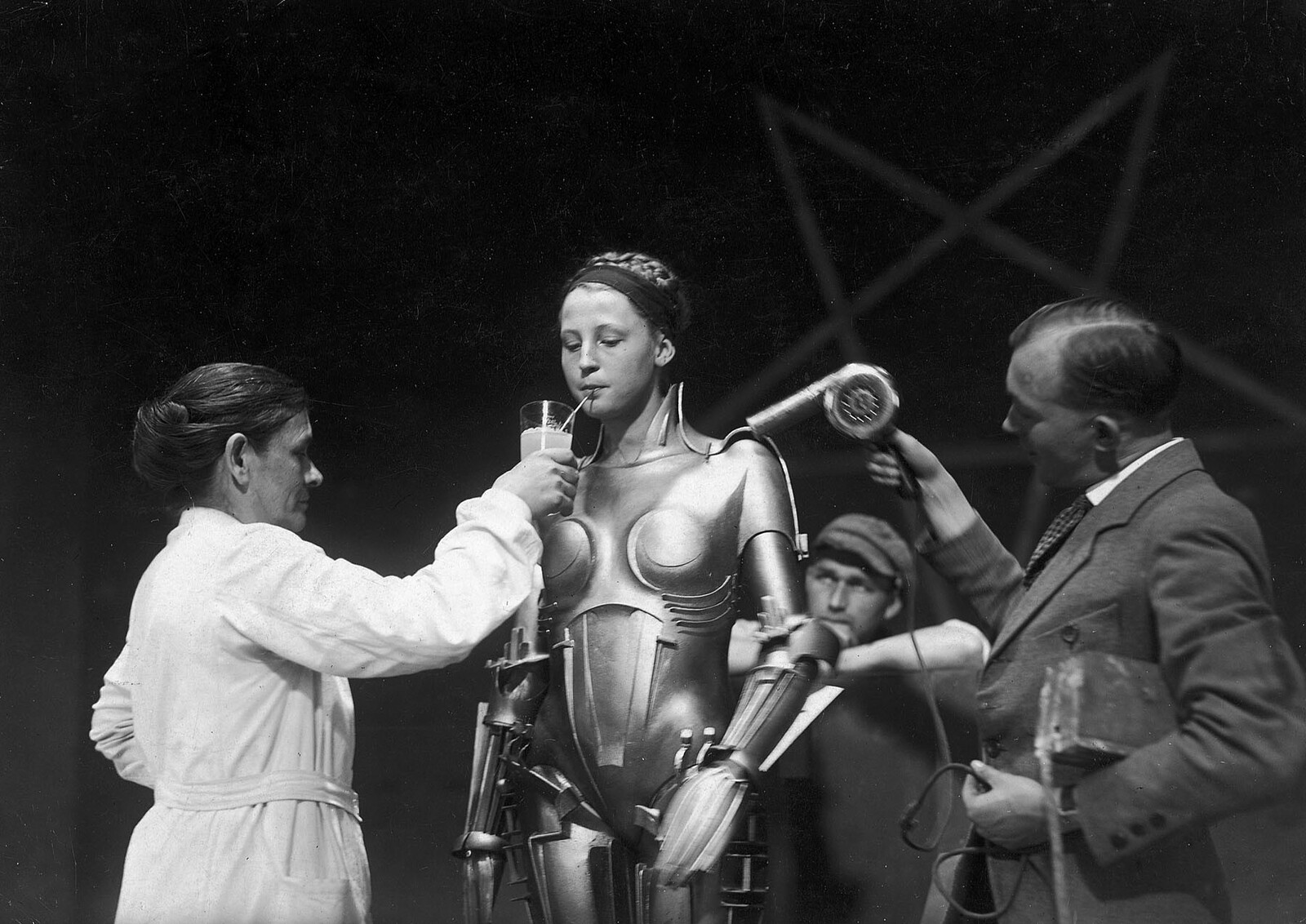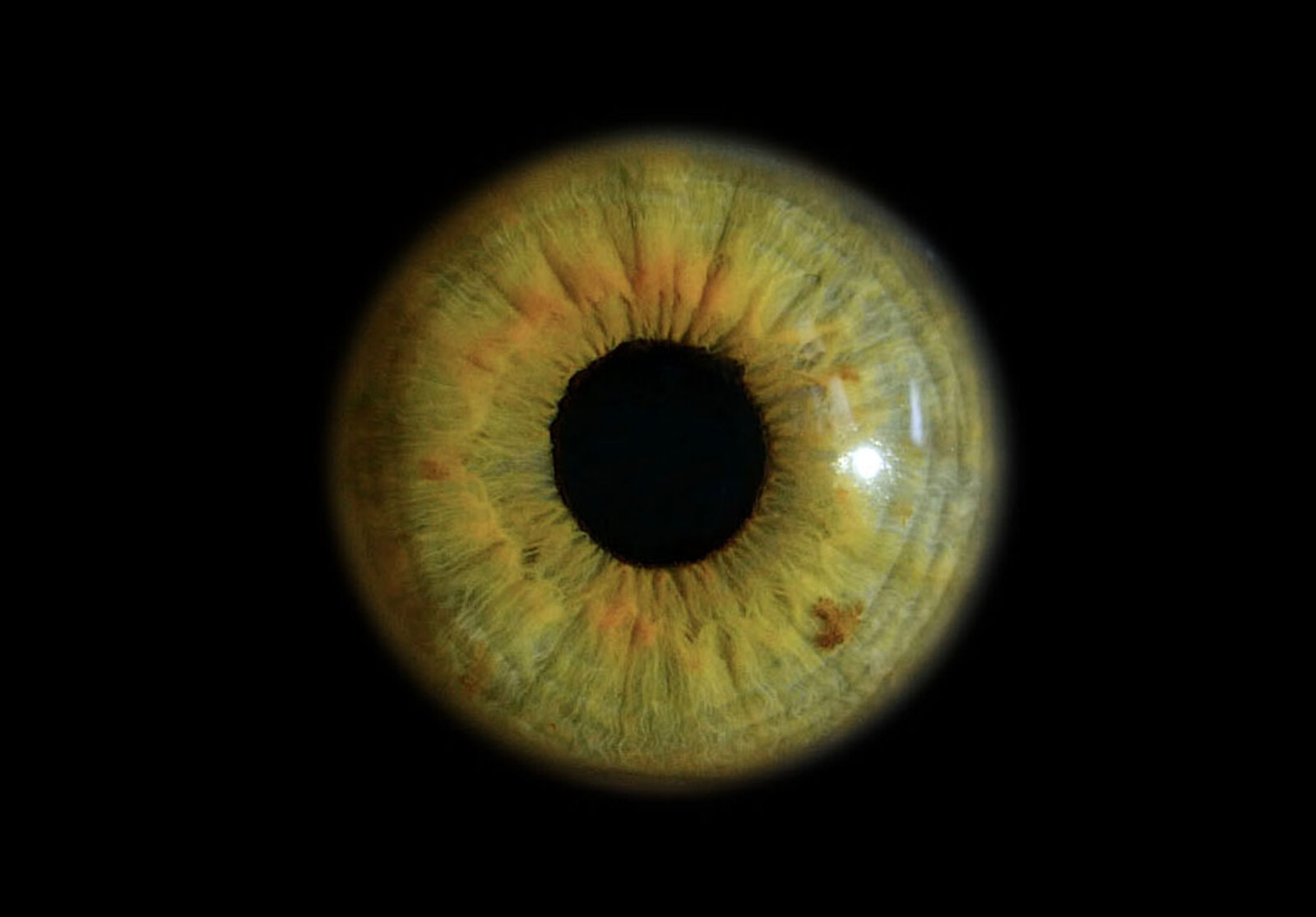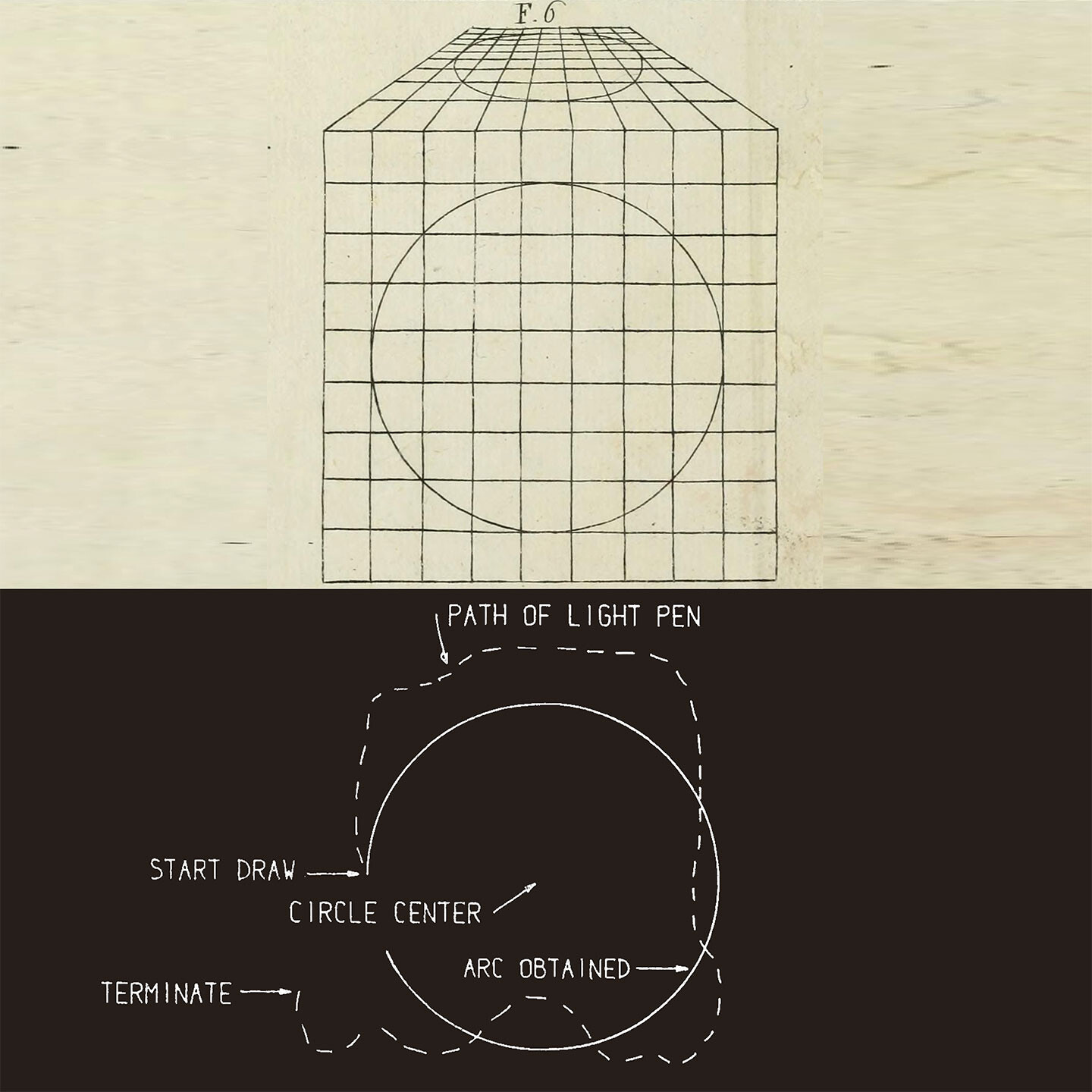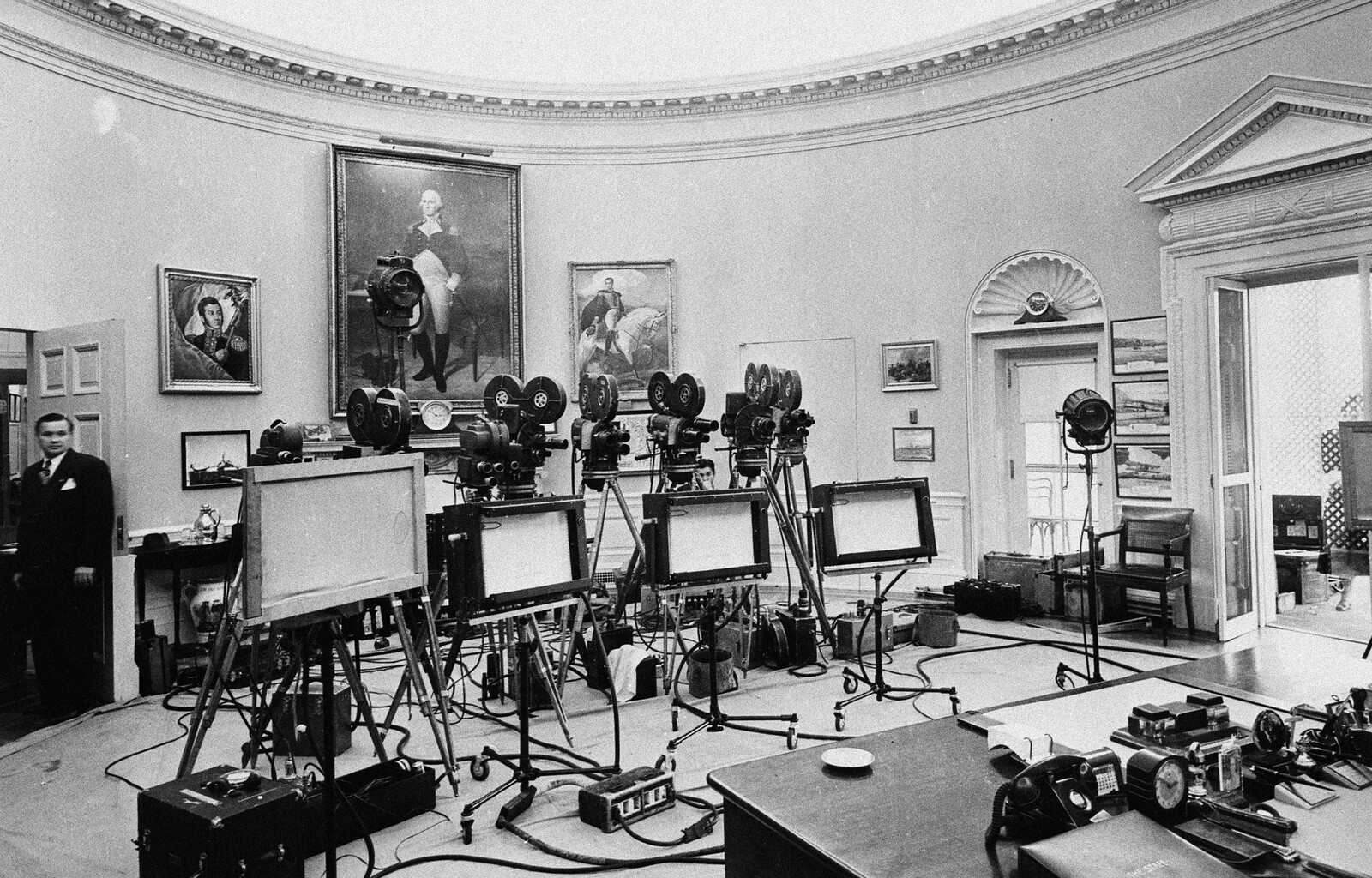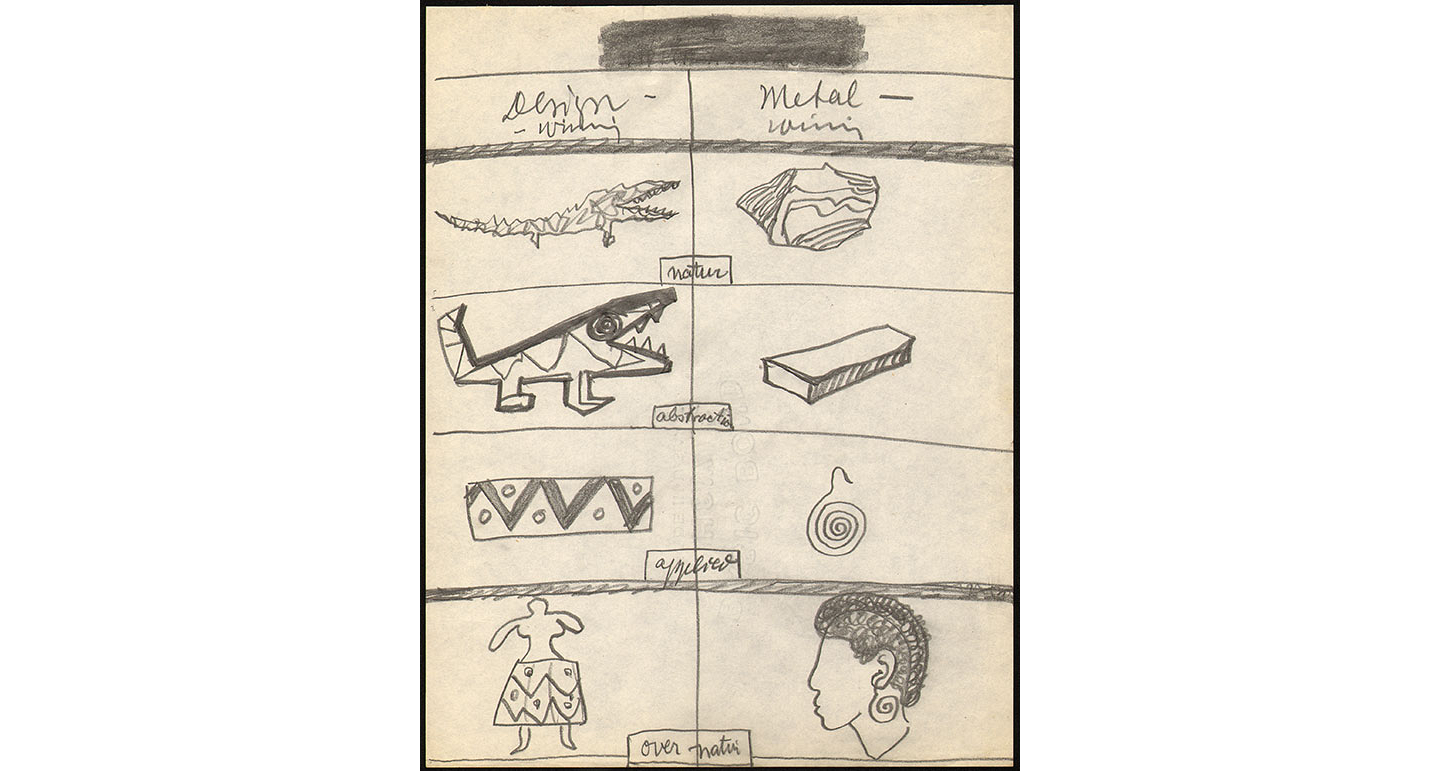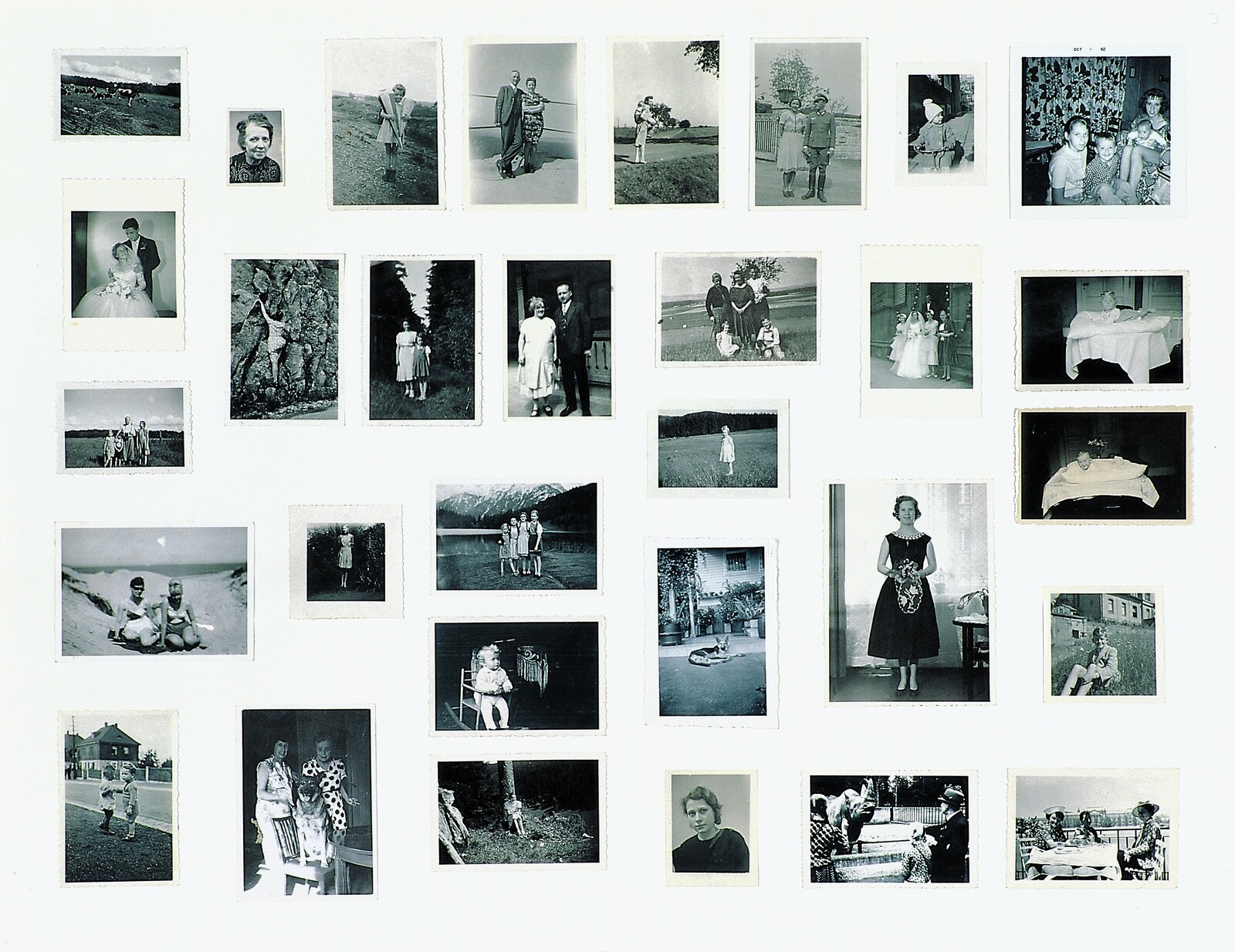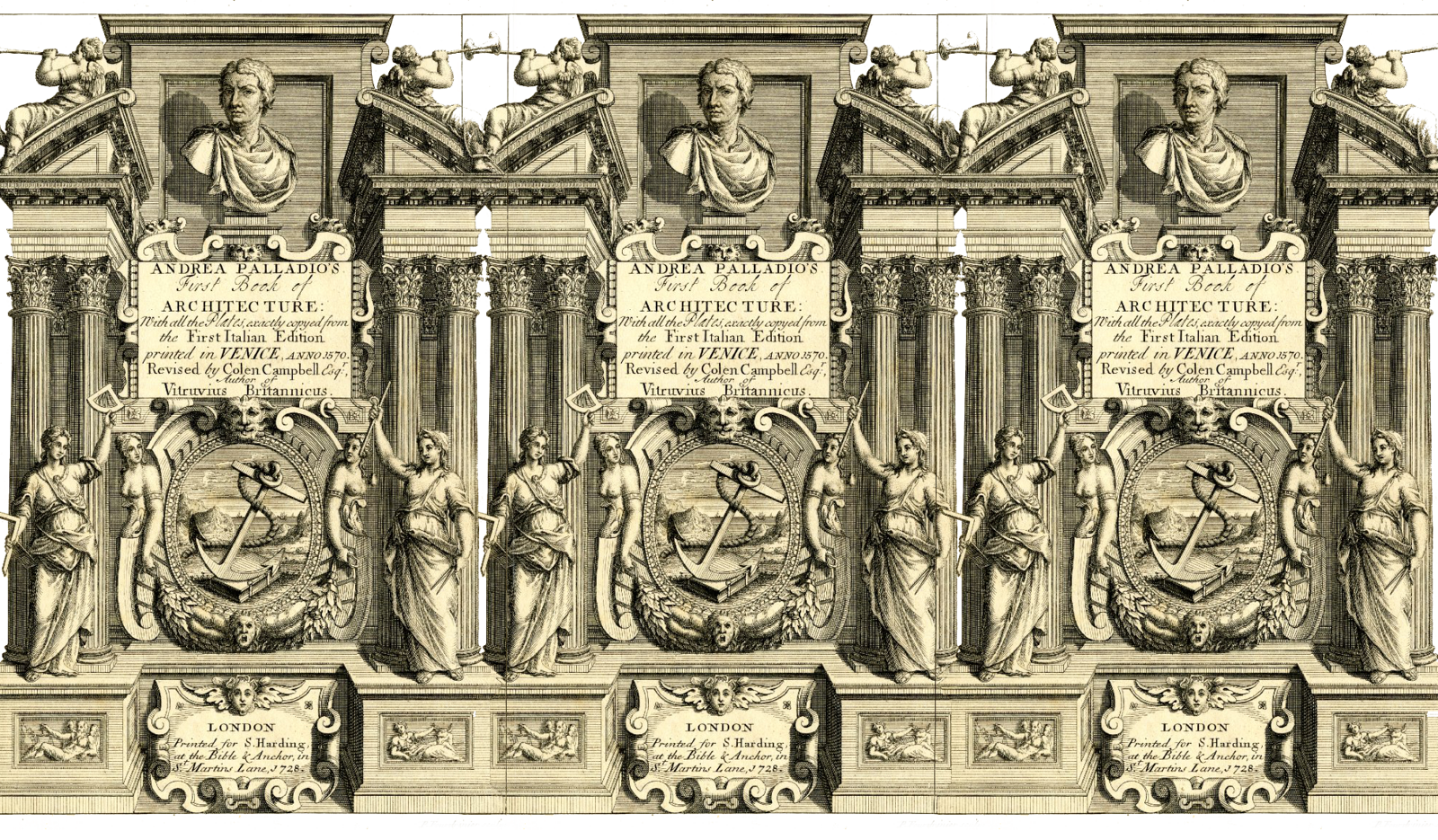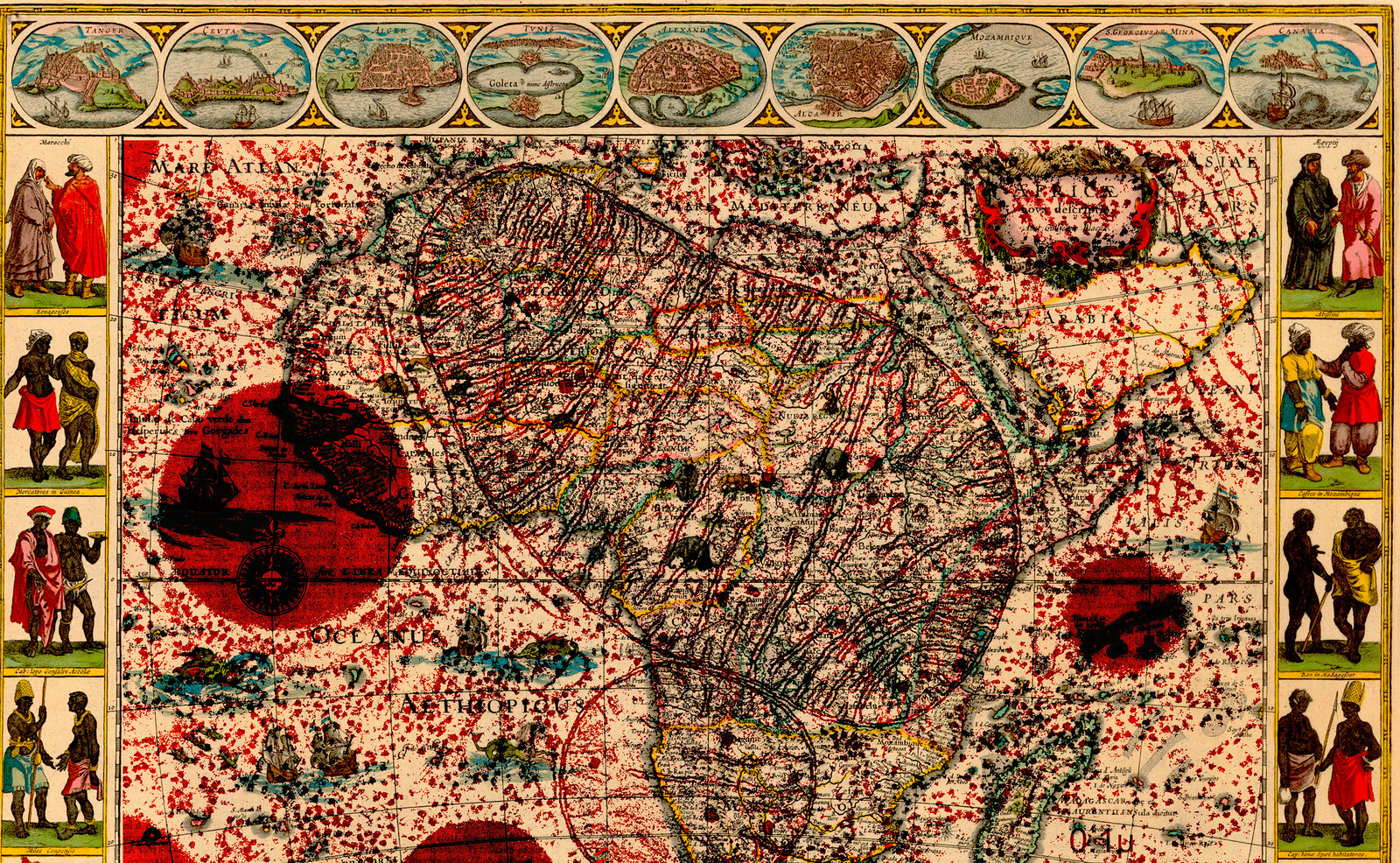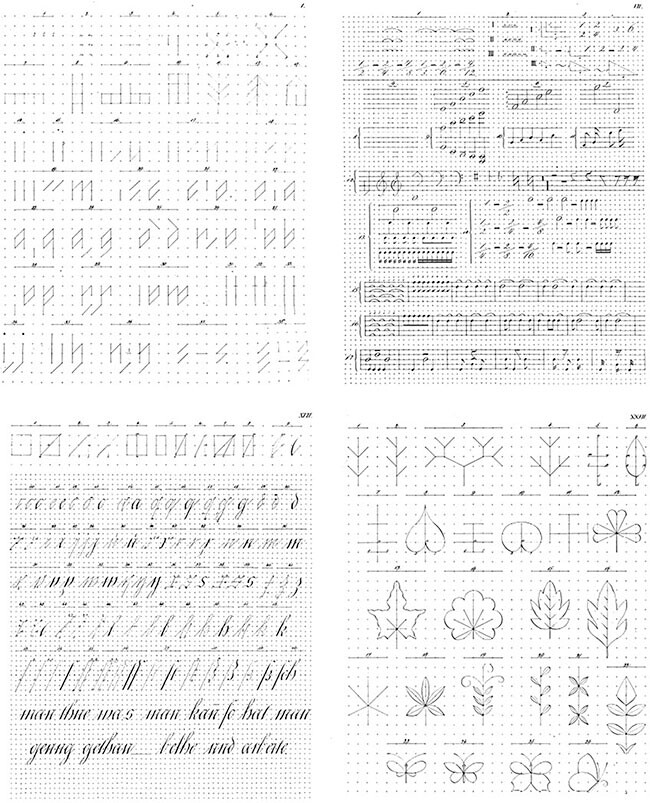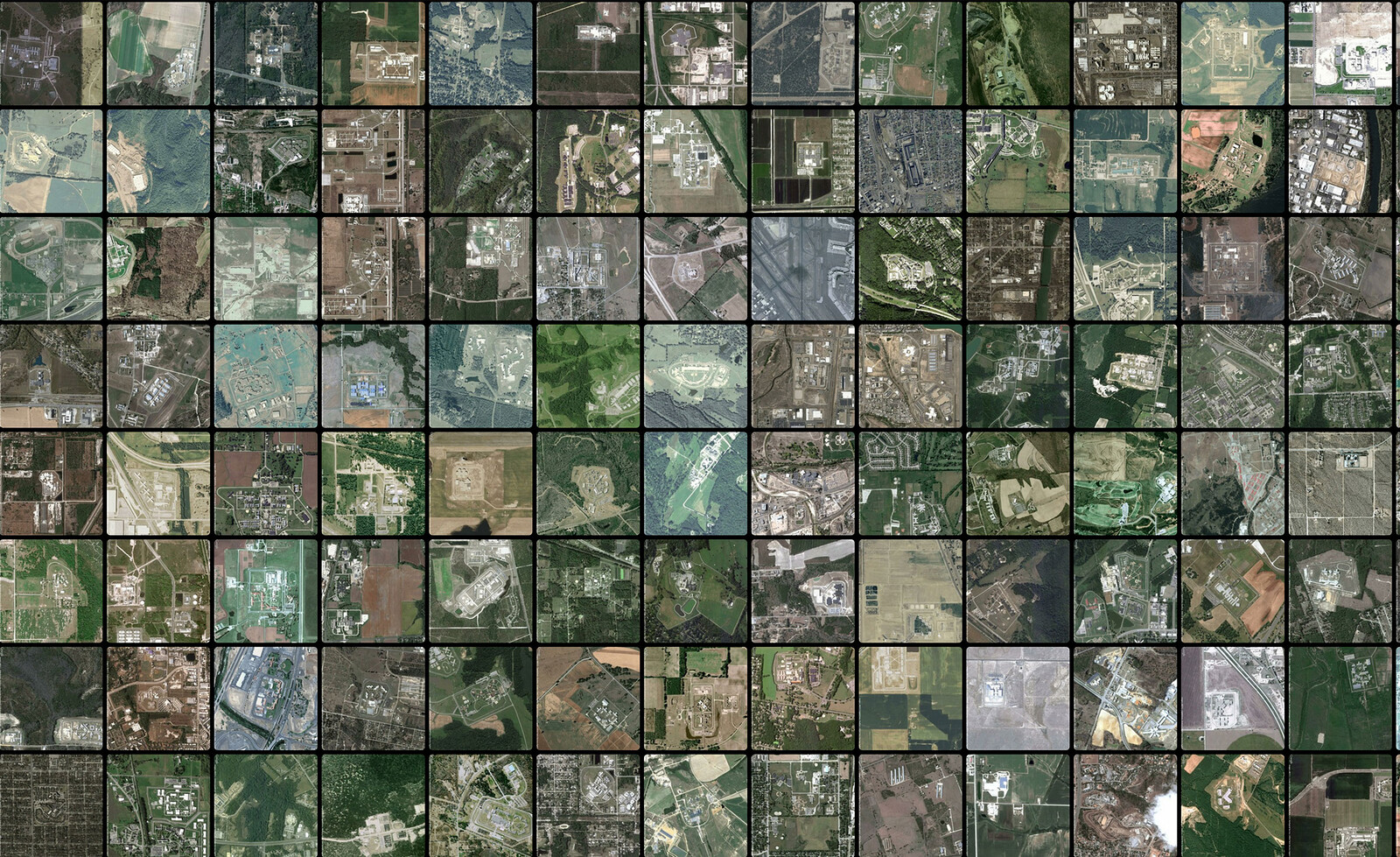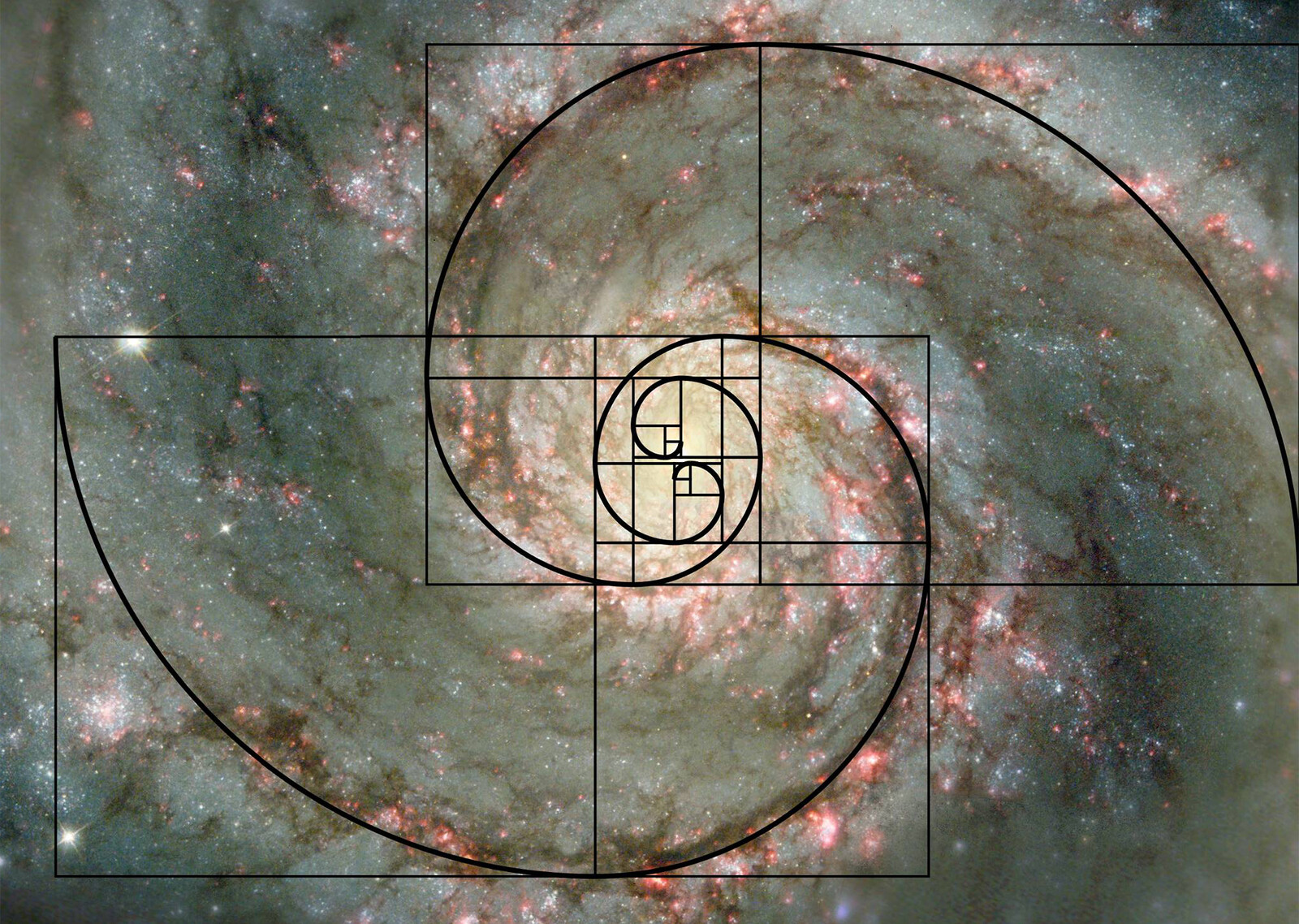If you spot a “throbber,” you’ve probably got an issue with your hardware. These small digital animations, more commonly known as buffer icons, only appear when your internet connection or browser speed is too slow to manage the volume of incoming data. In the 1990s almost every webpage used to buffer before it loaded; the old Netscape throbber (depicting a meteor shower over a hilltop) was practically the unofficial logo of the World Wide Web for many years. These days you will only see a throbber when handling large media files like video, or when a so-called “infinite scroll” page loads a new segment.
A throbber frequently resembles a rolling wheel, spinning bar, bouncing ellipsis or (more uncommonly) a set of grinding gears. These forms are designed to suggest that, while no immediate change is evident, the computer is nonetheless hard at work behind the scenes. In the absence of a percentage bar, we simply have to wait and trust that the throbber’s motion does indeed represent some form of progress.


One of six lazy loading patterns used while loading images onto the e-flux.com website, designed by Alan Woo.
The throbber is a sign of temporal rupture. It is the last barrier to a perfectly smooth and seamless virtual experience. It draws attention to an asynchronous maladjustment, or misalignment, between the space of our bodies and the infinite atopian fluidity of the digital world. As such, the throbber stands for wasted time, with all the implications of subversive indolence and anti-industriousness this evokes. The elimination of the throbber is therefore integral to the fantasy of “real-time,” a paradigm of total coherence in which events are instantly known to all agents in a network. For several decades the neoliberals that posited such an exchange assumed real-time would improve the quality of collective decision-making and resource distribution. It is only now, as technology catches up to the vision, that real-time systems are revealed to be as ineffective as any other model. They perpetuate the hegemonic inequalities of previous systems, and in fact accelerate the polarization of wealth and power. They make the same logical errors as before, only much faster—and they often create disproportionate feedback loops in the process. Any improved efficiency of real-time exchange (which is, in the long run, minimal, as demonstrated by the Grossman-Stiglitz paradox) stems purely from its speed. The pursuit of real-time increasingly means either abandoning human engagement in the network altogether (as with fully-electronic trading platforms like the NASDAQ), or operating at the very limits of human conscious thought, in the half-waking peripheral glaze of the mind (as with models that require large data volumes for marginal consumer returns, like Instagram). The throbber, as a trigger for critical reflection, threatens to disturb this soporific state.
Advocates of real-time imagine humanity as progressing towards a utopia of self-regulating supplies and demands. To achieve this presupposes several conditions. First, all individuals have to be incorporated into a single global network. Second, the network must be universally robust, with all parts accelerated to a uniform speed. Lastly, any remaining inconsistencies or internal delays within the network have to be reduced or mitigated as far as possible. In truth, this process is almost complete: there are seven billion people in the world with 6.8 billion active mobile phones between them (of which more than a billion are smartphones). By the end of this year 85% of the world’s population will have access to a 3G network; by the end of next, 50% will be on 4G.
Nonetheless, some internal barriers cannot be eliminated. Even at the speed of light, large geographical distances produce latency. We will always need the throbber because we will always have to mitigate the effects of network inequality. The throbber’s role is therefore to mollify a user sufficiently to keep them within the general flow of information by reframing non-action as a normalized process of data exchange. There is a critical threshold to this period of inactivity, a suggested duration of about two seconds. Beyond this time the throbber is unable to hold the subject’s attention and the entire illusion of smoothness breaks down. The function of this element is therefore to massage irreconcilably unequal agents into an elastic, but unbreakable, continuum. The throbber is thus integral to maintaining the illusion of inescapability, dissimulating the possibility of exiting the network—one that has become both spatially and temporally coextensive with the world. This is the truth of the real-time we now inhabit: a surreal simulation so perfectly smooth it is indistinguishable from, and indeed preferable to, reality.
The all-encompassing space of synchronization reframes the individual as a hapless Mechanical Turk engaged in endless self-exploitation; the victim of a profoundly dehumanizing informatic process in which they voluntarily render every aspect of their being into commoditized data. It is an exchange dominated by the obligation to create, where individuality and personality are useful only inasmuch as they provide information diversity. In essence, real-time is a model that treats all humans as merely homogenous and interchangeable data input nodes. We are no longer freethinking beings; we are bundles of particulars and pre-prepared preferences. We are poor collages of discrete data blocks, constantly compiled for cross-comparison and analysis.
This unraveling of the individual appears only as the latest phase in a history of Western personal subjectivity that began with the rise of democracy in the late eighteenth and nineteenth centuries. At that time, for a citizen to vote successfully, they had to be able to understand the soundness and consistency of public rhetoric. This legibility relied on a general comprehension of cultural logic, which was defined by the philosophical and scientific canons. This was the basis of John Stuart Mills’ argument that university graduates should get two votes—because education equated to better clarity of reason. Leisure, or non-work, was recognized as a necessary ingredient for the formation of the voter, as it provided the time needed for contemplation and reflection, or wisdom. Non-work, particularly of the passive kind, is central to the synthesis and critical evaluation of different structures, patterns, arguments, facts and the relative weighting of opinions. In this sense, pointless leisure produces considered opinions. Idleness is quite literally the time needed for subjective formation as a civic individual.


One of six lazy loading patterns used while loading images onto the e-flux.com website, designed by Alan Woo.
Since the throbber has appropriated non-action, it has made leisure—and thus the individual—impossible.
The idea of the individual and its inviolable existence is unquestionable today, however it is important to remember that for the ancient Greeks and Romans there was no such concept. The individual was effectively invented during the Enlightenment, alongside the scientific method, a realization of humanity’s non-privileged position in the universe, and the consequent shift to an anthropocentric cosmology. As described above, the individual was also a precondition for modern democracy, and indeed was a development that came from religious ideas. In order to govern feudal societies effectively (and to generate a financial model), medieval theology reframed salvation as a personal project that related to the “soul.” The democratic individual is largely the product of a reconfiguration of the “soul” into a secular, intellectual and politically indivisible voting unit. Today, the individual has been transformed into a purely economic agent: rational, dumb and self-interested. The fallacy embedded within the concept of the individual consumer (who “votes” with their dollar) is simply the impossibility of self-determination in the marketplace; while each individual’s specific interests may indeed belong to the self, the self is not where they originate. Interests can easily be manufactured through numerous strategies, most prominently seductive advertising. The so-called individual’s “self-interest” is frequently nothing more than an emergent product of inculcation by market forces. Under these conditions, individualism becomes merely the illusion of diversity, where the identity politics of infinite and marginal differences dissimulate the mechanisms of network flow that are transforming us all into a homogenized, standardized, globalized population of data providers.
Any attempt at self-expression (whether political or aesthetic) involves the donning of a persona, or even just a costume. There is no meaning to sub-cultural styles or fads, because they are all united by the same payment methods and social platforms. There is no meaning to protest, which at least since the Iraq war has assumed a symbolic status as the public theatre of mock-resistance. The concept of the individual once seemed to offer the possibility of liberty, self-realization and manifestation of personal and collective will, yet it is now the mechanism of our subjugation and control. Maybe it always was? Regardless, all the things we associate with individual subjectivity are illusions. There are no meaningfully distinct identities. There are only economic metrics of the self. Every category you use to define the limits of your ego is an invention.
This is not to say that the singular body does not still exist. I recognize myself by my distinct voice, the hands I first see when I wake, the itch of stubble piercing my skin, and I know I am a unique organism. This condition of incomparability is not in any way related to the concept of individuality. As long as we insist on exclusively pursuing our self-interests, we continue to assert the myth of individualism and we contribute to (or perhaps even accelerate) our own exploitation. By insisting on the self, we limit the possibility of change in the world. Self-concern has become the single largest barrier to any meaningful assertion of our collective rights.


One of six lazy loading patterns used while loading images onto the e-flux.com website, designed by Alan Woo.
In spite of this apparently dire situation, humanity’s long-term prospects do remain positive. As the twenty-first century progresses we will no doubt face a number of truly existential threats, most notably from the effects of global warming. Fortunately, we have the technical means in the real-time network to act cooperatively at scales unmatched by any other species on the planet, and that is remarkable. Even in a worst-case mass extinction scenario, the latent wealth polarization in global society will probably allow at least a small population to survive.
Humanity today is genetically indistinguishable from its ancestors that walked the earth 200,000 years ago. As a species, we survived all those eons by adapting our behavior, and not our genes. One of the most successful behavioral evolutions was a willingness and capability for collaborative action. This trait first assisted group hunting and the construction of shelter, but later made possible language, the rapid dissemination of shared knowledge, complex social structures and finally digital technologies. Humanity not only domesticated animals, it also domesticated itself to operate as a pack. Within this narrative, the rise of the real-time makes complete sense. A highly individualistic species would be the total opposite of our genetic lineage thus far. In fact, the extent to which the network dissolves the individual is wholly commensurate with its power for unprecedented collectivism. The conclusion is clear: atomization of the individual is the only source of unity.
Superhumanity is a project by e-flux Architecture at the 3rd Istanbul Design Biennial, produced in cooperation with the Istanbul Design Biennial, the National Museum of Modern and Contemporary Art, Korea, the Govett-Brewster Art Gallery, New Zealand, and the Ernst Schering Foundation.
Category
Subject
Superhumanity, a project by e-flux Architecture at the 3rd Istanbul Design Biennial, is produced in cooperation with the Istanbul Design Biennial, the National Museum of Modern and Contemporary Art, Korea, the Govett-Brewster Art Gallery, New Zealand, and the Ernst Schering Foundation.






